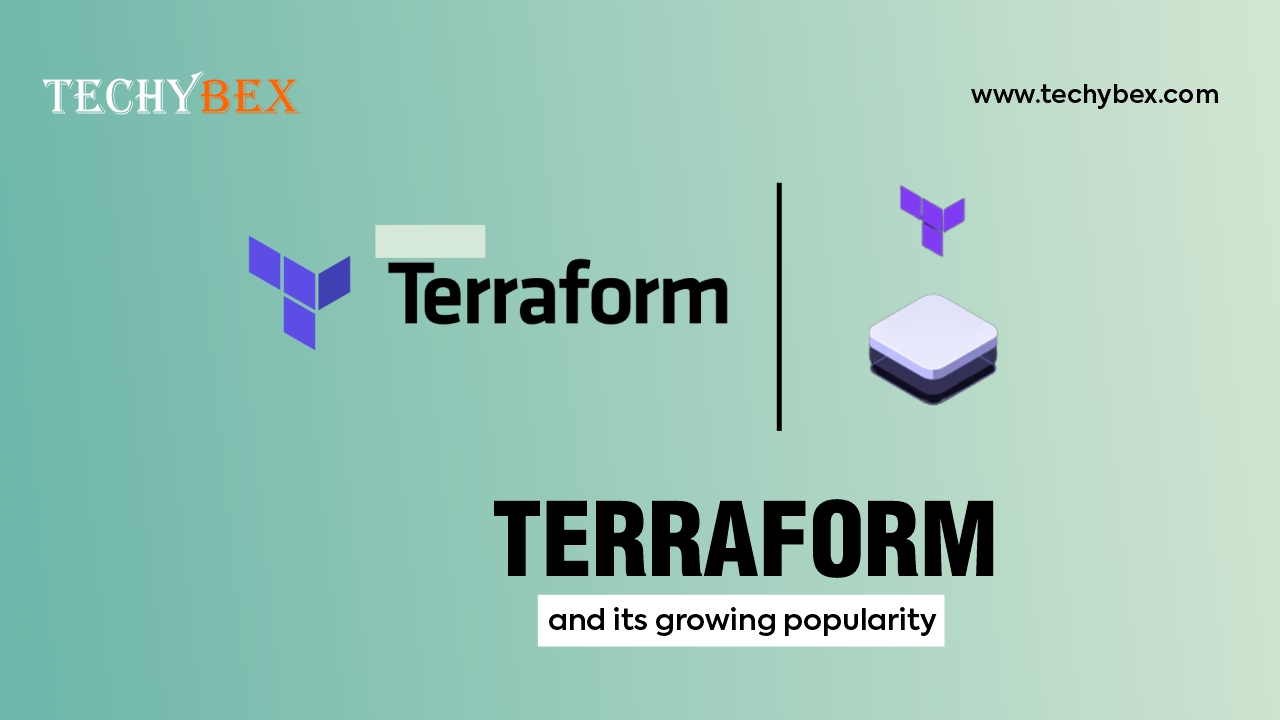Infrastructure as Code is an essential skill that should be possessed by cloud-native software engineers because they need to understand and implement Infrastructure as Code to achieve any large Cloud infrastructure professionally. Terraform is a powerful and effective tool that is used for writing infrastructure as code and is known for having some distinct benefits. It is primarily used for managing public cloud infrastructures like Azure and AWS. It is also used to manage other cloud infrastructures like Stripe and Auth0. This rapidly growing technology allows users to configure cloud infrastructure with the help of a declarative language. This open source Infrastructure as Code tool has reduced the server management and setup time for servers and DevOps tools. Its multi-cloud compliance allows it to connect to different infrastructure hosts, making it easy to share and use in separate Terraform modules. Since it is open source, developers can write new plugins or compile different versions of existing plugins to enhance the usability of the tools.

Use Cases of Terraform
Businesses planning to deploy Terraform should keep in mind the following use cases of Terraform:
Provision of Resources
Terraform speed up the software development phases and testing that involve development, testing, staging, and production. IT organizations can save infrastructure resources and dependencies between different resources in a specified environment as code that can be used to create new environments when required. Terraform can be used to introduce a new feature to an existing environment as it can create another environment using the saved code. As the test code is the same as the production, the new feature introduced will smoothly run on deployment. A short-lived environment can also be quickly created with Terraform automation to test the new feature. In the same manner, companies can make use of the same idea to create a recovery plan in case the system is uninterrupted by natural disaster or compromised. This will allow bringing back the system online in a quick time.
Provision of Public Cloud
Terraform is primarily used for public cloud provisioning on one of the main cloud providers. Its main focus is always the Infrastructure as code for the main cloud providers, and it allows public clouds to be used through a provider that is just like a plugin that eliminates companies existing APIs to create declarative Terraform syntax. The main public clouds are covered by the providers that are open source and minutely managed by the company called Hashicorp that created Terraform. To match updates from the cloud providers, frequent updates are sent to the providers. Terraform is mainly used for the public cloud and this fact is further strengthened with Terraform provider’s registry page on which cloud providers are prominently displayed.
Executing Multi-Cloud Deployments
Terraform is highly preferred because of its ability to perform multi-cloud deployments and the best thing about this tool is that it works at the same time across all the cloud providers, whereas other Infrastructure as Code tools primarily work with a single cloud provider only. Terraform ability to deploy resources into multiple cloud providers prove extremely useful because software engineers can use the same syntax and tool chain without having to familiarize themselves with several tools and technologies. Multi-cloud also has strategic advantages, as it support allows companies to make use of distinct services that may be available only to one cloud provider. Besides, the company will also not be dependent on a single company for all its cloud assets, thereby reducing the risk of dependency on a single company.
